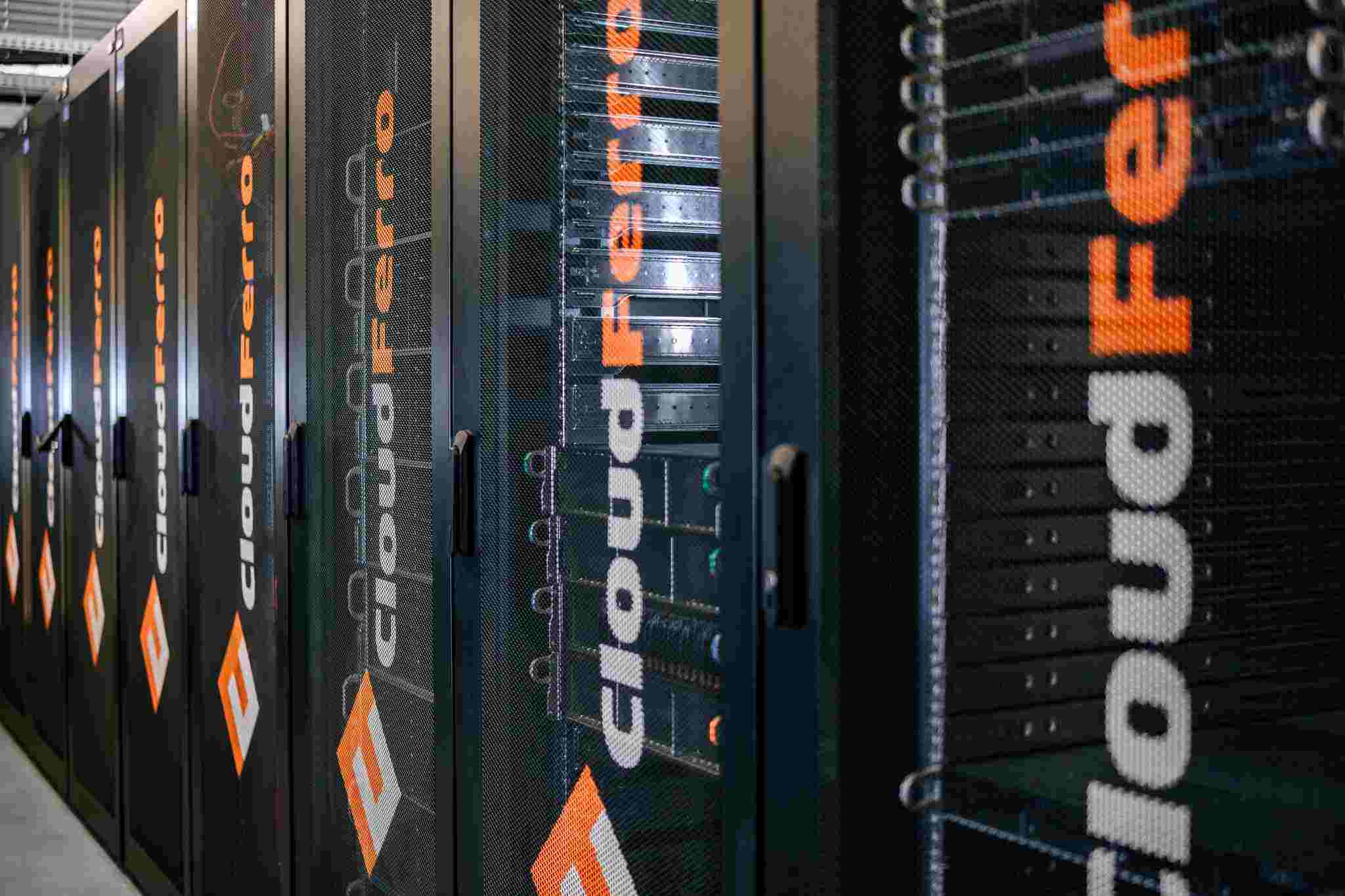How does Horizon Europe support innovative EO projects?
Get funding for sustainable innovative solutions based on EO data, AI, machine learning and Big data analysis with Horizon Europe programme.
The start-up and technology sector in Europe is growing stronger, and the appetite for innovation is effectively fuelled by grants from the European Union. Horizon Europe programme has a budget of almost 95 billion euros to distribute until 2027, and the main areas of financing include climate protection, energy transformation, development of the digital sector, and artificial intelligence.

Horizon Europe focuses on progress through innovation
In a webinar about technologies that support the development of innovative solutions based on EO data, Chiara Solimini from EUSPA (European Union Agency for the Space Programme) indicated key areas of interest for building applications and advised on the use of the synergy of data and technologies. “The proposals to the Horizon Europe programme should focus on the development of innovative EGNSS and Copernicus applications that support the implementation of the European Green Deal objectives and its related policies. They should use the synergy of the Copernicus data or products, EGNSS differentiators and advanced technologies such as blockchain, internet of things or 5G applications ” – said Chiara Solimini, Space Downstream Market Officer at EUSPA.
Innovative applications based on massive amounts of satellite data, using Big Data, artificial intelligence or machine learning technologies can only be developed with fast and reliable online access to a rich data repository. This is provided by the EU Copernicus Earth Observation Programme that provide users with free and open access to Earth Observation (EO) data and information services, such as monitoring of the atmosphere, marine environment, land areas, climate change, security or crisis management.

Research with Copernicus EO data on CREODIAS
Satellite data analysis is far easier with free and open access to the Copernicus EO data. This is provided by CREODIAS platform, built and operated by CloudFerro for the European Space Agency. The platform offers cloud computing resources with an integrated powerful repository of imagery captured by Sentinel, Envisat and Landsat satellites as well as other Earth observation data.
The CREODIAS infrastructure is adequately prepared to process large Earth observation data sets in a cloud computing environment, which are available online immediately. Cloud computing resources are scalable and can be adapted to user needs depending on the size and timing of their project. Tools available on the platform allow users to design prototypes, as well as build their own services and products and tailor all the relevant parameters of the cloud environment to specific topics, data types and project stages.
"We want to be a strong contributor to the Horizon Europe and European initiatives, and together build a better future for European society based on digital sovereignty and innovation. The CREODIAS repository currently stores more than 28 PB of Earth observation data. For our partners and the platform users, we have prepared cloud resources in different locations in Poland and Europe, including data centres with German BSI 200-1 and C5 certification, proving the highest quality and security level"
– says Przemysław Mujta, Sales Support Director at CloudFerro, the provider and operator of CREODIAS.
Horizon as a driver for innovations
Together EO platform tools and computing capabilities allow monitoring natural resources, precise irrigation, satellite monitoring of agriculture under the EU Common Agricultural Policy, automatic control, or pasture management. State-of-the-art technologies combined with satellite data and services also support renewable energy and its distribution. These include RES (renewable energy sources) assessment and forecasting, risk assessment for energy support equipment, power plant design optimization, power grid monitoring, or environmental impact assessment of power plants and mineral resources. Satellite data can form a basis for the analysis of snow cover maps for hydropower plants or biomass maps for bioenergy, determining sunshine areas for solar panels, or analyse wind speed for wind turbines – onshore and offshore. It is also interesting how satellite data can be applied for analysis of mining damages, the occurrence of urban heat islands, or study of bee activity to plan crop spraying.
The above mentioned examples are only a small part of a wide array of areas where innovations based on EO data can make a real contribution to climate neutrality and reduced consumption of natural resources in Europe. Any idea of using this technology can certainly be supported under Horizon Europe.
Who can join the programme?
Micro, small and medium-sized enterprises, and the so-called "small mid-cap" employing up to 500 people can benefit from Horizon Europe grants. Funding applications may be submitted by entities that develop a product, process or service of high risk, based on scientific discoveries, critical thinking or technological breakthroughs (so-called "deep tech")

Questions?
Should you have any questions, please contact us at communication@cloudferro.com









